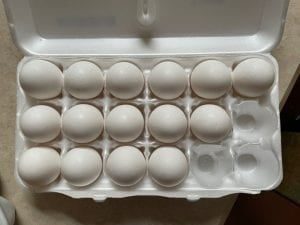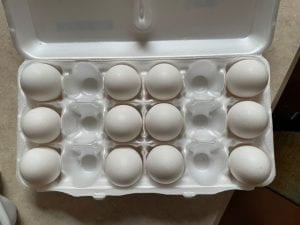by C. Elkins, OK Math and Reading Lady
I’m back after taking a couple of months off from blogging! I know some of you are already back at school, while others will be starting this coming week. I wish the best with all the uncertainties that still lie ahead. BUT most of you are back in the classroom this year, which is a good thing, right?
I am a big advocate of implementing Number Talks as part of a short daily math routine. Most of my previous number talk posts have focused on students sharing strategies for solving problems involving number strings and using known problems to stretch for new problems (such as 3 x 4 and then 30 x 4 or 10 + 8 and then 9 + 8). Today I would like to start a two-part post about other good quality number talk options which are also designed to elicit critical thinking. 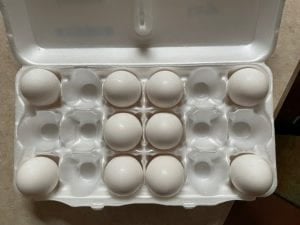
- Picture Talks
- Which One Doesn’t Belong (WODB)
Next post will be these two:
- Esti-Mysteries
- Data Talks
Tips for Implementing:
- There are multiple ways to interpret, so students can participate at different levels.
- Project them on a large screen, and allow writing on it to capture the thinking process.
- A great question to start with is, “What do you notice?”
- These are great to share with a partner before discussing with the whole group.
- You may need to assist students with verbally explaining their thinking. Summarize so everyone understands.
- Relish the chance to introduce or review new vocabulary.
- Design your own, and have students create some as well.
- Be amazed at the many different ways to interpret these!
Picture Talks
This involves the use of pictures of objects with the purpose of telling how many and how they were counted (simiar to dot cards, but actual photos of objects arranged in rows, arrays, groups, etc.). A terrific way to practice subitizing, doubles, near doubles, equal groups for multiplication and division, fractions, as well as create story problems with them. Great questions for these picture talks: How many? How did you see them?
Many of them can be found on google images, but a good resource is via Kristen Acosta. I participated with her on a recent webinar and was hooked. I have tried many of these with my Zoom online students and they enjoy them because there are multiple ways to analyze a picture to determine how many.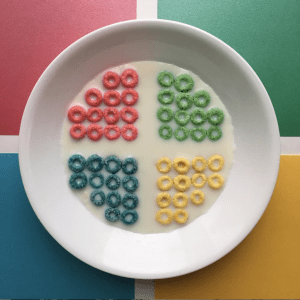
- This is Kristen Acosta’s website. She has posted her photo images free, although you may need to subscribe to access them. She also has other math treasures on her website! She has a few using egg cartons, which inspired me to go crazy and make my own photos. Feel free to use these below, or take your own! https://kristenacosta.com/number-talk-images/
- Char Forsten is well known in the Singapore Math world. I have had this book for many years and love it! It is great for PreK-2nd grade. What’s inside? Nursery rhymes with pictures that are full of math content. Suggestions for questions to help students notice the pictures to find number bonds. Other photographs you can place under your document camera to project as you discuss. The book is rather expensive, but I found the digit version which is $15.
- Math Talk by Char Forsten (Digital copy for sale by sis4teachers.org)
- Math Talk by Char Forsten & Torri Richards (Amazon)
Example of different ideas students might have on how to count this: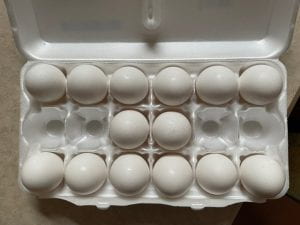
Which One Doesn’t Belong?
Inspired by the book (or vice-versa), you will see 4 images, numbers, letters, shapes, graphs, etc. To elicit critical thinking, the goal is to have your students select one of the images and tell why it doesn’t belong with the others. BUT, there are many possible responses — as long as the student can explain their reasoning. Follow some of the tips above and have fun exploring all of these free ready-made WODB images!
Image 1 thoughts to get you started:
- Top right because it’s the only one with no holes.
- Top left because it’s the only one with no icing.
- Bottom right: It’s pink and the others all have chocolate
Image 2 thoughts to get you started:
- 9: because it’s the only single digit
- 9: because the other numbers have digits that add up to 7
- 43: because it’s the only prime number
- 16: because it’s the only even number
WODB designs: Submissions by many, but website created by Mary Bourassa
Which One Doesn’t Belong: 2D shapes from Miss Laidlaw’s Classroom (FREE on TPT)
Which One Doesn’t Belong: 3D shapes from Miss Laidlaw’s Classroom (FREE on TPT)
Which One Doesn’t Belong: 2D shapes for 2nd-7th grades from Jeannie’s Store (FREE on TPT)
Here are more of my egg carton images to get you started! Please share your experiences with these!
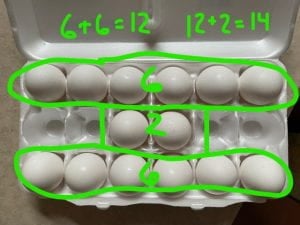



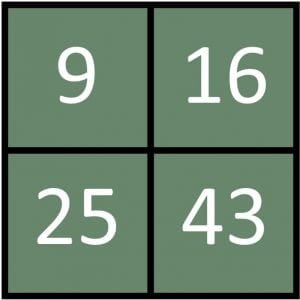
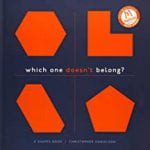 WODB book at Amazon
WODB book at Amazon 
